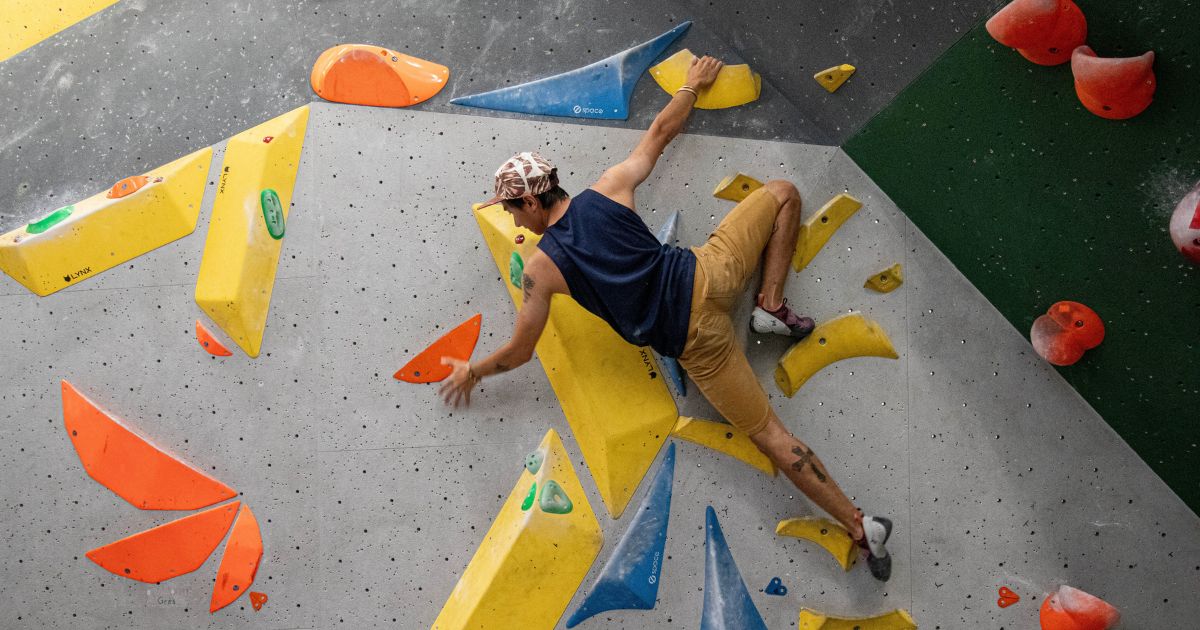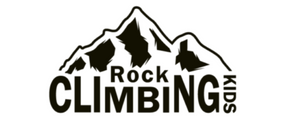Table of Contents
Improve Your Climbing Skills with These Intermediate Bouldering Techniques
Bouldering requires more sophisticated and nuanced techniques as you progress from beginner to intermediate climber. We’ll look at four key intermediate techniques in this article that will help you become a better climber and be able to take on increasingly difficult boulders.
Heel Hooks: The Power Move
1.1 Understanding Heel Hooks
An essential component of intermediate climbing is heel hooks. They entail shifting your center of gravity by putting your heel on hold and using it to draw yourself closer to the wall. For the best movement, it’s crucial to contract your muscles and pay attention to when to change from a heel to a toe hook.
Let’s examine the biomechanics of heel hooks to better comprehend their importance. You can use larger muscle groups when performing a heel hook because your body weight is evenly distributed through the heel. This gives the arms less strain while also offering a firm base for coordinated movement.
1.2 Practical Demonstration
An illustration of the heel hook technique shows how it permits controlled movement and lessens the strain on the arms. The secret is to locate the heel groove that allows your heel to slide into your toe hooks with ease.
Practice your heel hook on a variety of holds to improve your execution. To determine the most effective way to engage your heel, try experimenting with different angles and positions. During ascents, this iterative process will improve your ability to adapt.
1.3 Off-Wall Exercises for Heel Hooking
Good off-wall workouts can help you get ready to hook someone on the heel. It’s important to warm up the lower body, especially the posterior chain. For example, the glute bridge exercise can help strengthen the muscles needed to perform heel hooks.
Consider including hamstring curls in your off-wall routine to further strengthen your posterior chain. By focusing on the muscles used in heel hooks, this exercise will increase your overall power and stability.
Dynamic Movement: Embracing Momentum
2.1 Dynamic Movement’s Function
Bouldering problems frequently involve dynamic movements for intermediate climbers. While working with momentum can be more effective, static styles are still possible. A series of exercises can be used to introduce dynamic movements, simplifying the process and making it more manageable.
You should include controlled jumps and lunges in your training to fully understand the importance of dynamic movement. These exercises help you develop the explosiveness needed for dynamic climbs and enhance your momentum-harnessing skills.
2.2 Dynamic Exercise on a Perma-Set
An example of a dynamic exercise performed on a perma-set highlights the significance of breaking down the movement into smaller, more manageable parts. This increases comfort and confidence in dynamic climbing, where body awareness and timing are critical.
To replicate dynamic movements, incorporate controlled falls onto crash pads. This exercise improves your comfort level when performing dynamic climbing and sharpens your skills when performing accurate mid-air movements.
Pressing and Palming: Unlocking Straight Arm Strength
3.1 The Significance of Pressing Movements
Although they are frequently disregarded, pressing and palming techniques are crucial for intermediate climbers. There is a discussion of the benefits of straight arm strength and examples of how it enhances stability and reach.
To understand the importance of pressing motions, concentrate on keeping your arms straight when climbing. This works your triceps and chest, giving you a strong push and improving your stability on the wall.
3.2 On-Wall Examples
The distinction between a bent arm position and a straight arm position is demonstrated using examples that are on the wall. The focus is on developing foot and palm stability to enable more efficient climbing and extended reach.
Incorporate fingerboard exercises into your training regimen to enhance the strength of your straight arms. In addition to pressing movements, these exercises work for specific finger and forearm muscle groups, enhancing your overall climbing strength.
3.3 Off-Wall Warm-Up for Pushing Muscles
It is advised to perform a plank exercise to get ready for pushups. Planks with elevated feet are more intense and guarantee that the warmth goes through the shoulders, which is essential for strength when pushing against the wall.
Include push-ups as well as planks in your warm-up exercises. This combination prepares your muscles for the pressing and palming motions involved in intermediate climbing by working both the upper and lower bodies.
Flagging and Foot Swaps: Enhancing Stability
4.1 Understanding Flagging and Foot Swaps
Techniques that improve stability are flagging and foot swapping, especially on overhangs. The explanation covers how increasing the width of the base on a climb through flagging enhances stability and balance.
Engage in a variety of climbing scenarios to gain a deeper understanding of flagging. Try out various flagging techniques on various holds and angles to make this skill applicable to a variety of climbing scenarios.
4.2 Practical Application on Overhangs
The application of foot swaps and flagging on an overhang is shown, illustrating how these methods allow for controlled movement and stability. The significance of body alignment for effective climbing is emphasized.
Put your skills to the test by practicing foot swaps and flagging on longer, steeper overhangs. This will boost your confidence in navigating difficult terrain, in addition to improving your technique.
In summary
A big step toward improving your climbing abilities is learning these intermediate bouldering techniques. Clear explanations and examples clarified the subtleties of heel hooks, dynamic motions, palming and pressing, and flagging with foot swaps. You’ll be able to tackle more difficult boulders and lay a strong foundation for your future climbing endeavors by implementing these techniques into your climbing repertoire. These techniques are guaranteed to improve your climbing skills, regardless of your level of experience.
Related Posts
- Proper Climbing Warm-Up: For Better Climbing Performance
- The 7 Essential Movements of Bouldering
- How to Flag: A Climbing Technique for Developing Balance
- The 5 Fundamentals of Climbing You Need to Know
- How To Improve Your Climbing Footwork? – 4 key Stages
- 8 Essential Tips for Outdoor Rock Climbing Beginners
- Best Upper Body Workout for Climbers
- 7 Techniques Every Climber Must Know
- 7 Biggest Climbing Mistakes And How To Fix Them










Discussion about this post